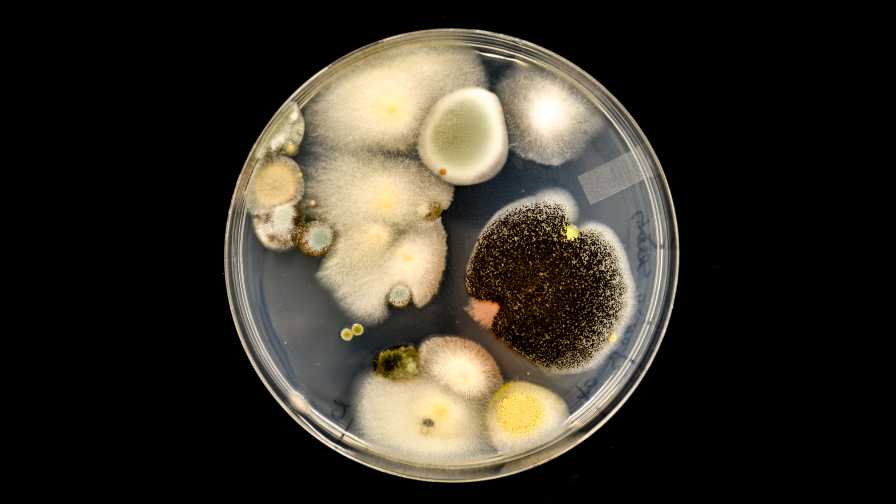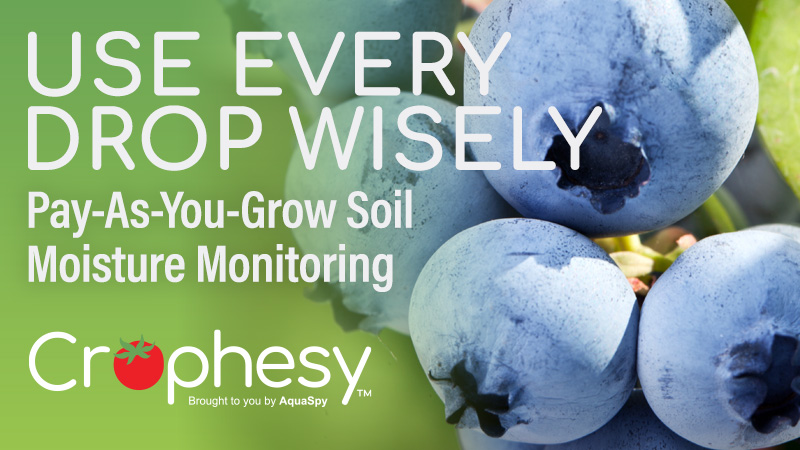Scientists Dig in Deeper For Way To Beat Citrus Greening

Under the microscope, fungi and bacteria are isolated from the citrus microbiome. A closer look at these tiny organisms could unearth a major breakthrough in HLB research.
Photo by Nichole Ginnan, UC Riverside
A team of researchers are looking at tiny underground microorganisms for a way to prevent a huge problem — HLB (aka, citrus greening), a disease with no cure that has decimated citrus groves worldwide.
They have good reason to do so as USDA’s National Institute of Food and Agriculture has awarded the team — led by the University of California Riverside — $10 million over the next five years to investigate the role of soil and root microbes in the disease. Other collaborators on the project include scientists from California State University, Sacramento; the University of Florida; and USDA’s Agricultural Research Service in Ft. Pierce, FL.
“Often times, it is thought of as an above-ground disease of the fruits, leaves, and stems,” said Caroline Roper, UC Riverside Plant Pathology Professor and director of the new research effort. “However, we have seen the roots of trees decline with infection, and we want to understand why.”
Roper said data from previous studies shows the microbiome of the infected tree — which includes bacteria and fungi as well as protozoa and viruses — plays a role in the disease.
“We have seen a shift in the root microbiome as trees get sicker,” she said.
The microbiomes shift to contain more potentially parasitic organisms that may act as secondary invaders to a tree that is suffering from HLB, according to Roper. The invasion of these root pathogens may be causing trees to die faster when they have HLB.
Part of this new research effort will test whether soil amendments like manure and compost might suppress parasitic microorganisms in the roots as well as the soil, and give the trees more strength to combat diseases including HLB.
In addition, the research team will try to determine the molecular basis of HLB resistance shown by citrus rootstocks developed in Florida. They’ll then see how those rootstocks perform in California, which has different soil and climate conditions.
To continue reading, visit news.ucr.edu.









